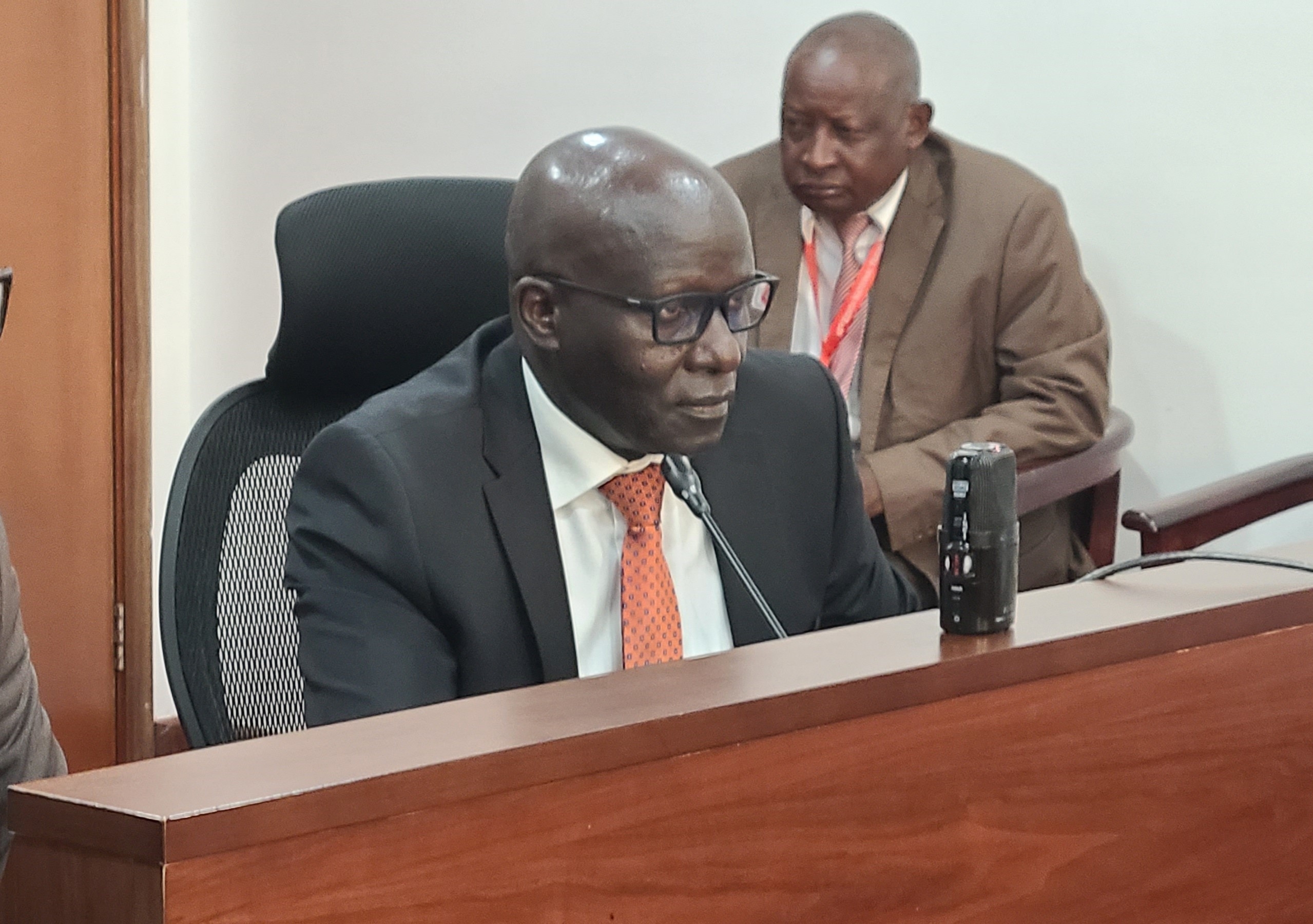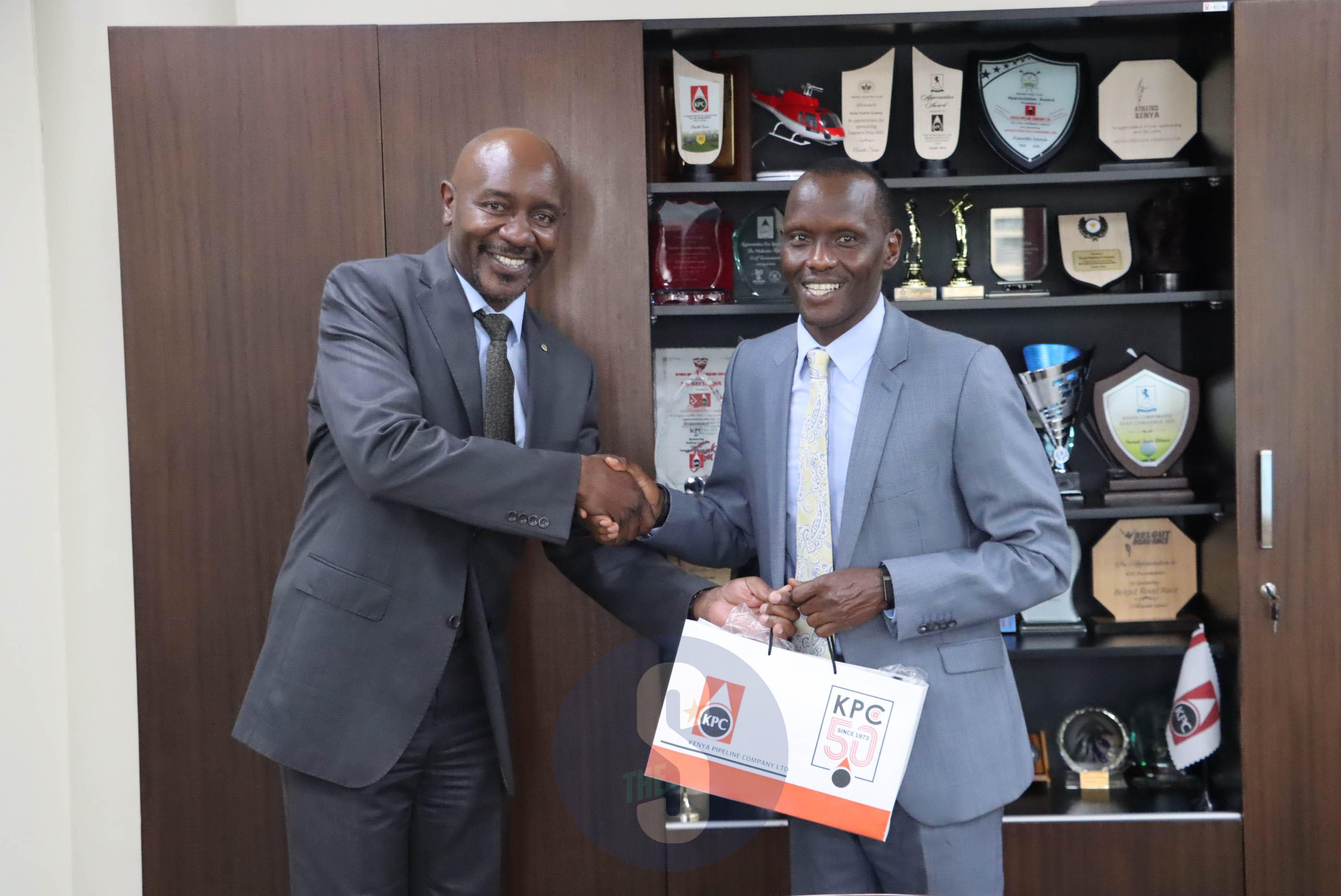The fabled Safari Rally has always mesmerised the world.
Over the years, the annual event had gained ground as a legendary fixture in the global motorsports calendar before it was dropped from the FIA World Rally Championship and relegated to the African Rally Championship from 2003.
Kenyan organisers returned to the drawing board in an effort to regain the event's lost glory.
In their first attempt, Kenya Motor Sport Federation ran the 2003 and 2004 editions on the South Coast to woo the world automobile governing body, FIA.
In 2007, Kenya's Safari Rally joined the Intercontinental Rally Challenge for one year for the first time since 2002.
The Fiat Abarth Grande Punto S2000 works cars driven by Andrea Navarra and Umberto Scandola graced the iconic event.
Kenya's spirited campaign came to fruition when the Jubilee government incorporated the event into its manifesto and later set aside Sh450 million to enable organisers to stage a world-class rally in 2019.
Following intensive lobbying by the Kenya Motor Sport Federation in collaboration with the government, Kenya was included in the FIA Calendar in 2020.
WRC Safari Rally Kenya CEO Phineas Kimathi reckons the return of the FIA global series is a major milestone given the WRC safari could pump as much as Sh6 billion into the Kenyan economy.
"The essence is to run an event that will sell Kenya as a tourist destination as well as provide a market for Kenyan products.
"One of those things I’m trying to work on because I have the blessings of the necessary government arms is to link coffee marketing to the Safari brand; to link tourism, hotel bookings and game reserve excursions to the actual event.
"We have an opportunity to exhibit our products in all the WRC European events (eight events) because we are now part of that network," Kimathi said.
"So, if we can go outside there and start selling our coffee along with our safari, and our Masai Mara and we can come back and say having gone to Portugal we are now going to get up to 10,000 or so tourists who will have directly booked as a result of visiting the Safari stand," he added.
Local tourism is set to benefit immensely from WRC's cumulative global TV audience of 850 million viewers across both the mainstream and social media.
The safari will benefit from 25 hours of live TV coverage in 155 TV markets.
Kenya is also hoping to plant 18 million trees across the Safari Rally route to celebrate the years the event has been out of the FIA series.
Rally Navigator Wayne Fernandes reckons that the safari holds iconic status across the world and the region.
“Watching world rally drivers on live TV is a great milestone for Kenya in the sense that it will continue to market the country as a tourist destination.
"The water mass in Naivasha and the picturesque landscape will sell Kenya like never before," Fernandes said.
"The rally will be based in Nairobi with the service park and stages located near Lakes Naivasha and Elmenteita, north-west of the city in the Great Rift Valley.















